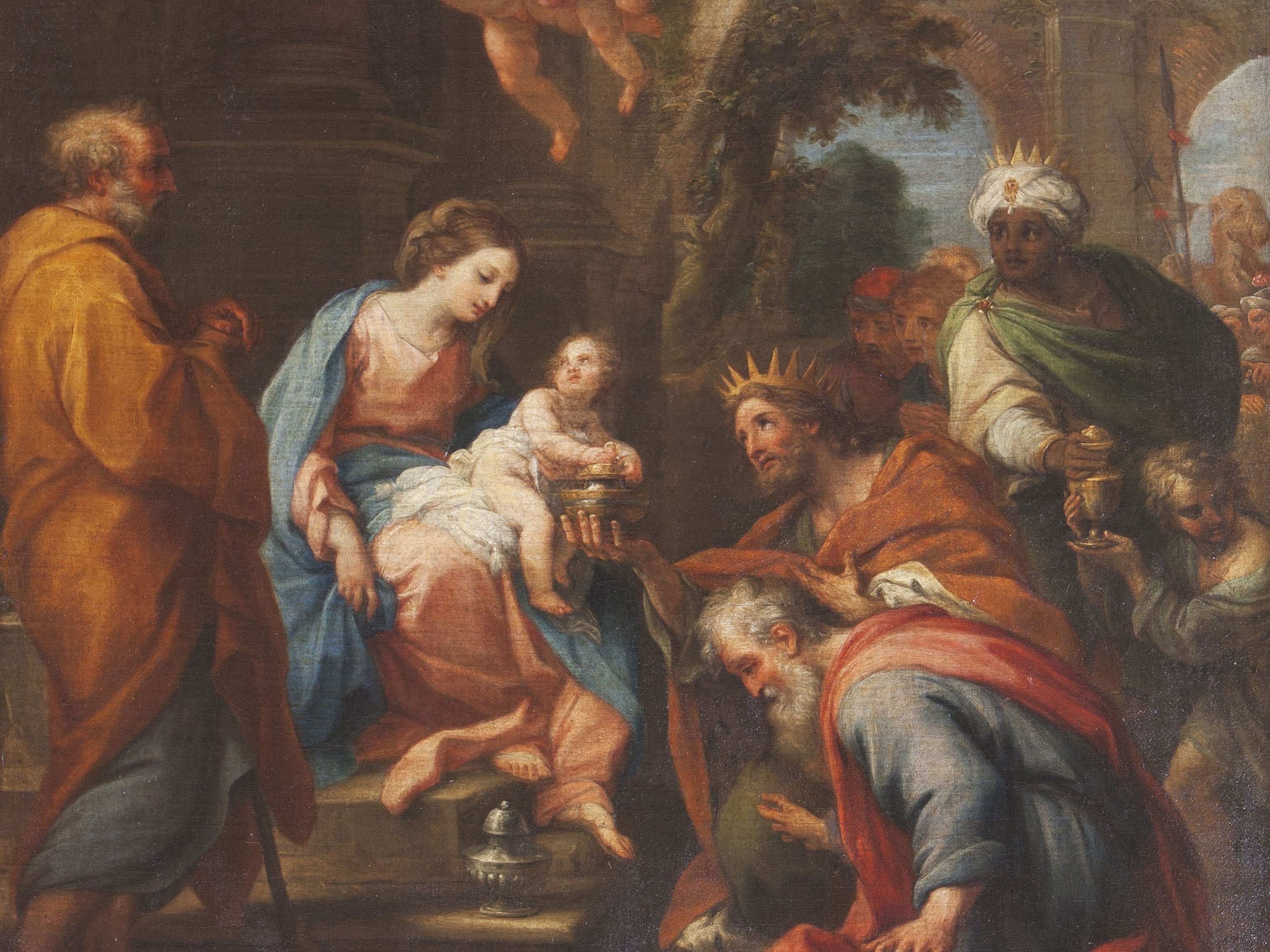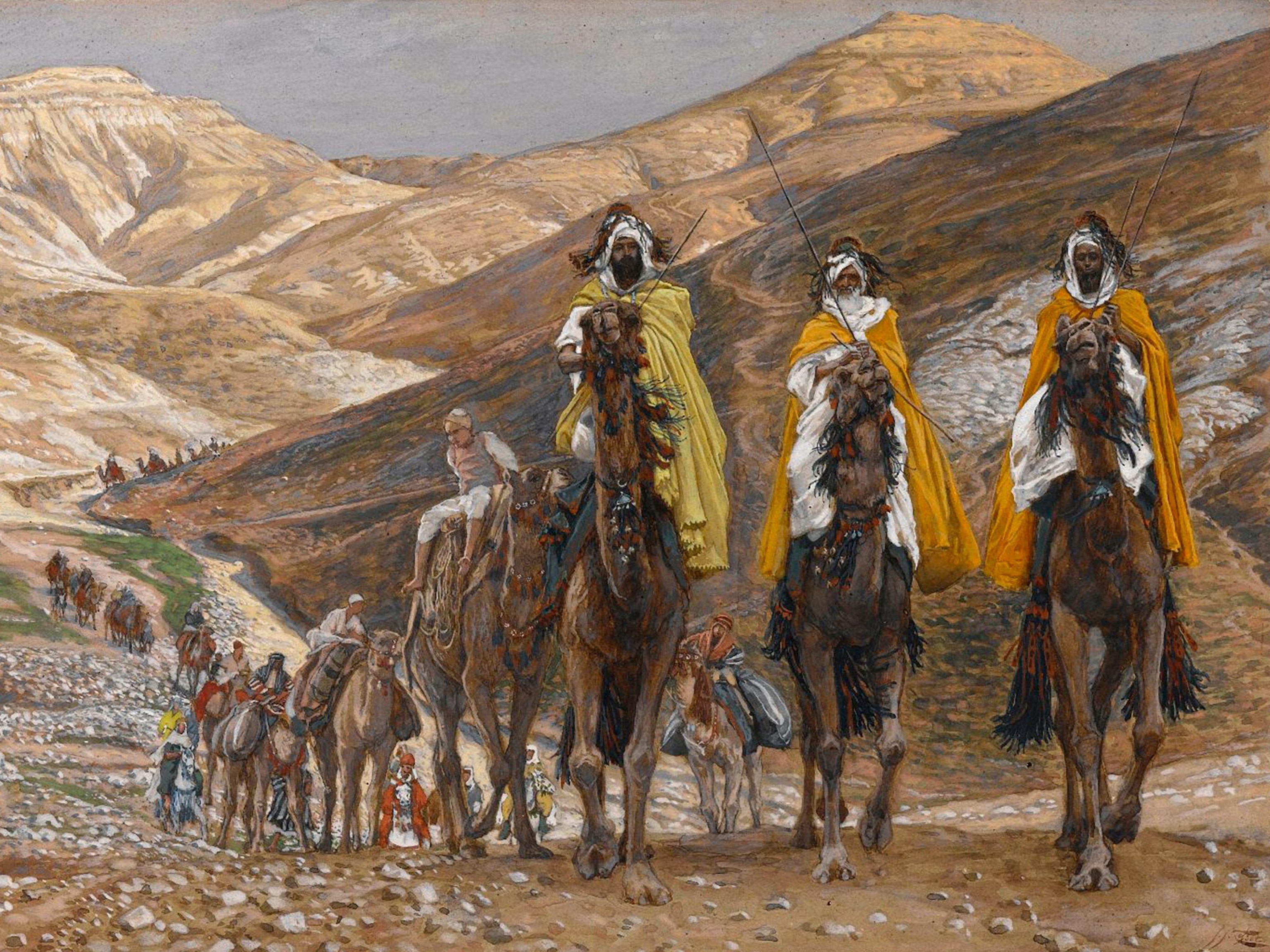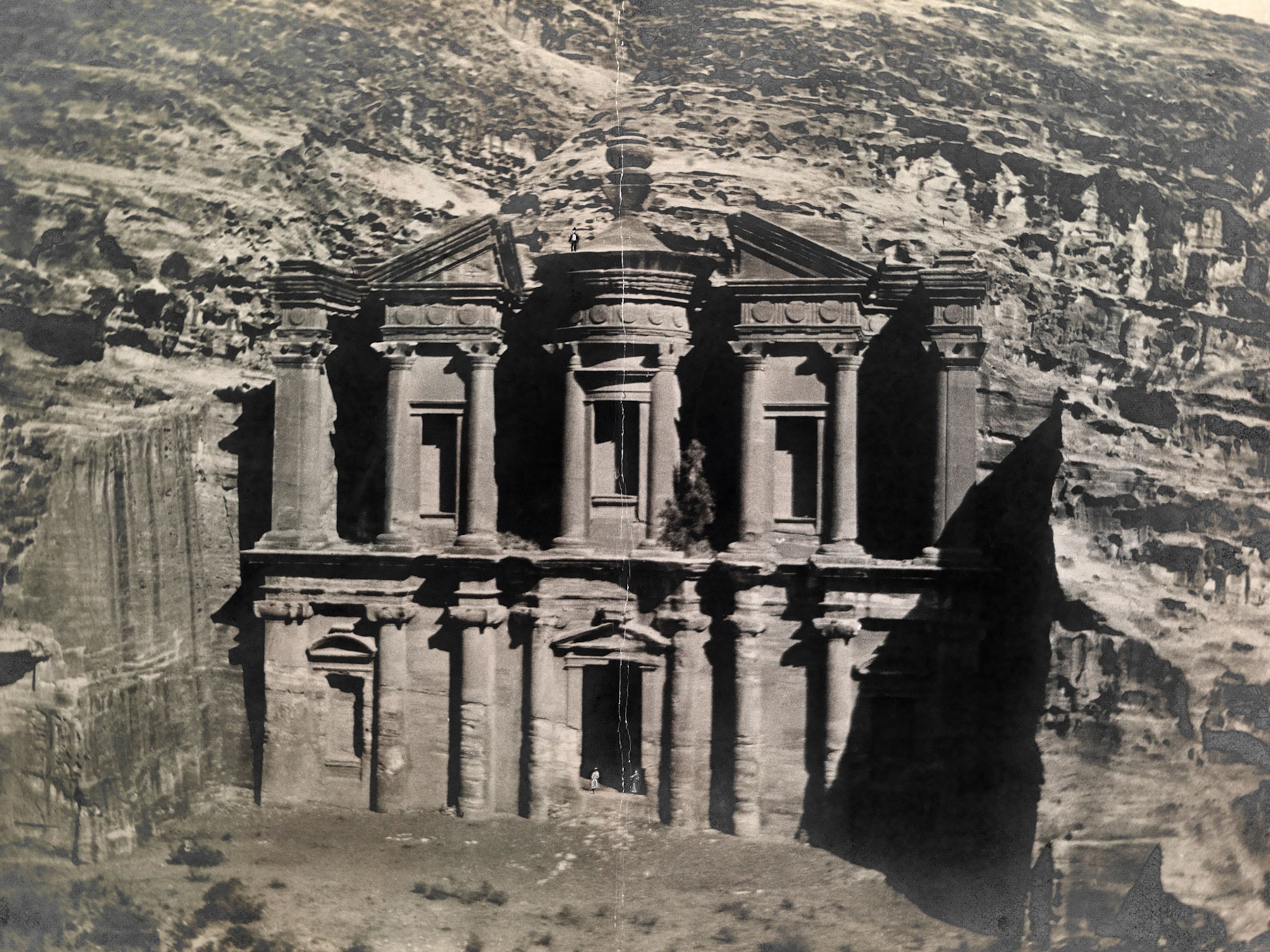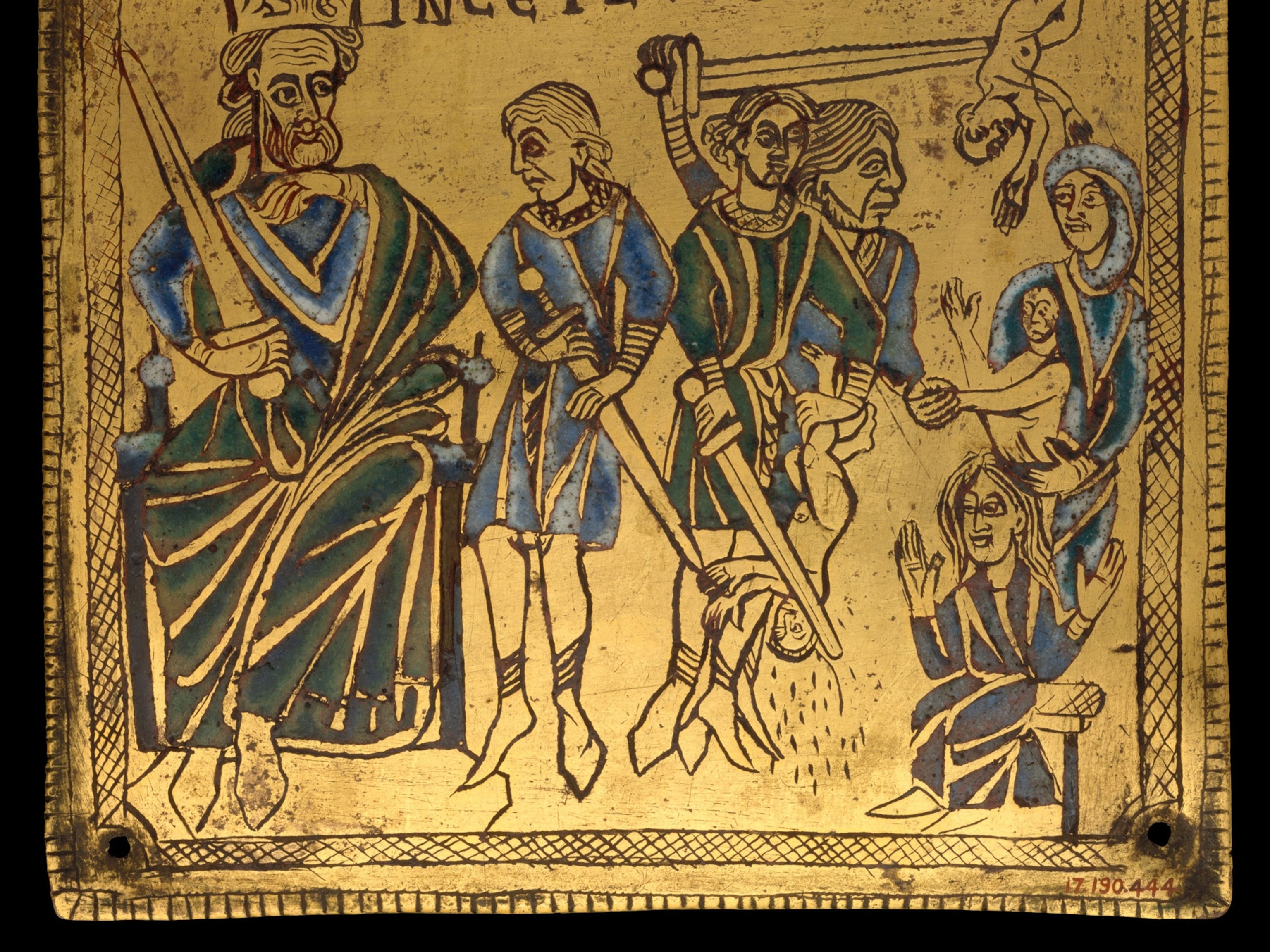
Could the Remains of Santa Claus Be in This Turkish Church?
Archaeologists claim to have found the possible grave of the real saint, but many questions linger.
Where is Santa Claus?
Definitely not at the North Pole—but archaeologists still remain divided about the final resting place of St. Nicholas.
A team of Turkish researchers think they have found new insights into the possible grave of the real man who inspired the Christmas icon. Beneath the mosaic-covered floor of a church in Turkey's southern Antalya province, Turkish archaeologists have conducted scans they believe indicate the presence of a previously unknown tomb.
The church is located in the Demre district of Antalya, the same region in which St. Nicholas is believed to have been born and lived during the fourth century. Tradition holds that St Nicholas was famous for giving aid and gifts to the poor.
(Over the years, his reputation as a generous saint persisted and he began to be called "Sinterklaas" in the Netherlands. You can thank 19th century author Washington Irving for the modern portrayal of St. Nicholas that persists today. Read more about Santa's evolution here.)
Like his reputation, the location of his bones depends on who you ask.
Traditionally, it was believed that the bones of St. Nicholas were stolen by Italian sailors during the 11th century. Demre—called Myra in ancient times—was occupied by Arab forces during this period. And the stolen bones were believed to have been taken to the crypt of the Basilica di San Nicola on the southeast coast of Italy.
Then, in 1993, a team of archaeologists claimed the Mediterranean island of Gemile was the saint's final resting place. They came to this conclusion based on circumstantial evidence, namely that the island had been called St. Nicholas by sailors, archaeological remains dated to the 4th century, and that ruins there suggest a processional burial. Under this theory, archaeologists believe the bones were moved to Myra to evade a 7th century Arab fleet.
Convinced they were buried at the Basilica di San Nicola, however, Turkish archaeologists demanded the Italian government return the bones in 2009, which they did not do.
In order to truly determine what lies beneath the floors of the Demre church, archaeologists would need to remove an intricate mosaic tile by tile.
Antiquities officials from Antalya's Monument Authority have called for archaeologists to assist in excavating what the scans promise could be a major find—but what skeptics are saying is only proven to be patches of hollow earth beneath the floor.
So why is there so much heated debate about the bones of St. Nicholas?
As a saint, his physical remains are considered relics, and are thus venerated by the Catholic Church. Similar debates have arisen over the remains of Mary Magdalene and St. Peter who have been "found" in different locations over time. (See the face of Mary Magdalene reconstructed.)
The St. Nicholas Center, a Catholic institution dedicated to the legacy of St. Nicholas, maintains that his bones are in the Basilica di San Nicola "until proven otherwise."
"This speculation is very premature. If relics are found, they would need to be dated and examined by international experts," said Carol Meyers, a representative from the center. She did not mince words on why she believes the claim to his bones has been made in Demre: "The Turks, of course, are very interested in promoting tourism."
In an interview with Turkish paper Hürriyet, authorities did note that the discovery would be helpful for tourism, but they stopped short at claiming that goal was behind their announcement.
If remains are found, DNA testing could be possible. Genome sequencing helped researchers identify skeletal remains as belonging to ancient Canaanites just this past summer, and in 2014, the technique helped researchers identify the remains of a Christian martyr and queen named Ketevan.
But all told, it's too early to say whether this is the tomb of Santa Claus.





